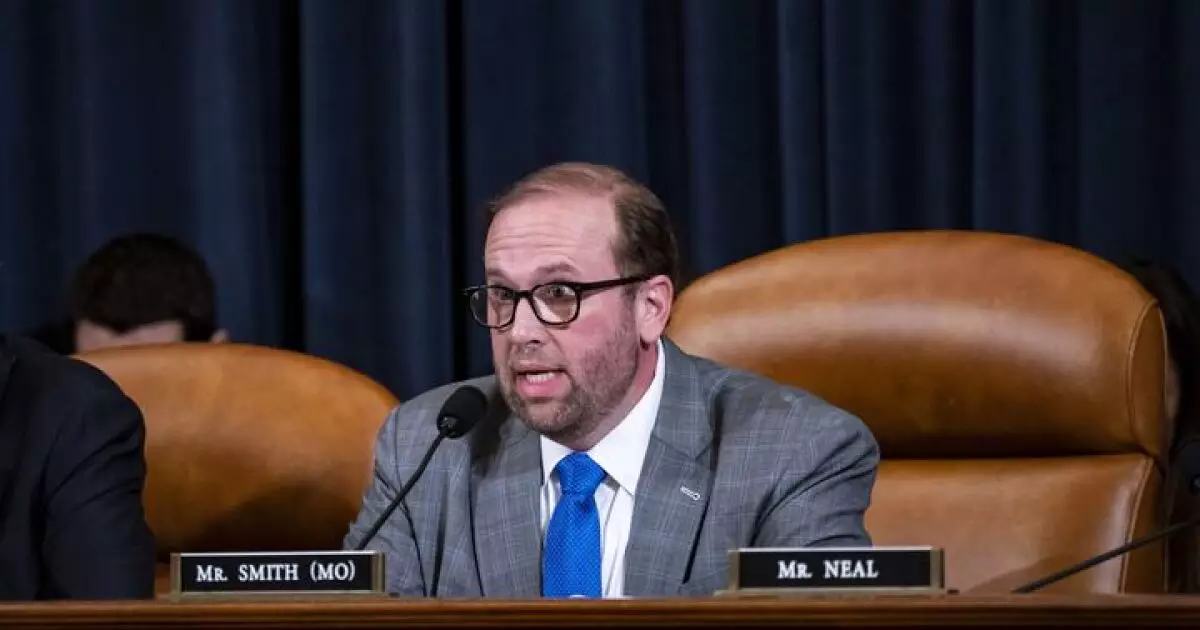As the election season unfolds, U.S. universities and colleges find themselves at a critical juncture filled with uncertainty and potential upheaval. The outcome of the upcoming elections holds considerable implications for higher education institutions, which have recently garnered attention from lawmakers on Capitol Hill. With discussions about tax reform on the agenda for the new administration and Congress, universities may face significant alterations to their tax-exempt status. This potential reexamination poses risks for institutions, as bipartisan scrutiny of their financial structures intensifies.
In recent months, higher education institutions have been criticized for their financial sustainability and responsiveness to societal issues. House Republicans have scrutinized the tax benefits that universities enjoy, arguing that these privileges may need reassessment. Proposed legislation that seeks to increase the excise tax on large endowments has raised alarm among administrators, highlighting a growing concern within the academic community about how financial configurations will be impacted.
Internal Pressures Amid Legislative Scrutiny
The climate of political uncertainty surrounding higher education is compounded by an increasingly challenging internal environment. Many institutions are grappling with rising default rates among students and mounting operational costs. According to the Municipal Market Analytics’ September report, the sector has seen a disturbing increase in defaults, with private universities constituting the third-largest contributor to distressed asset impairments this year.
Complicating these financial stressors is the stark divide between institutions. The higher education landscape is increasingly characterized by a separation between wealthy, well-funded institutions and their less-privileged counterparts. Larger public universities are generally faring better, while smaller private colleges, especially in certain regions such as the Northeast and Midwest, struggle to maintain enrollment and financial viability. As the market responds to these pressures, Moody’s Investors Services identified a worrying trend: a sharp decrease in credit ratings for institutions unable to adapt to shifting dynamics.
Political Landscape: A Double-Edged Sword
The political landscape post-election could bring a host of challenges, as both political parties seek avenues for revenue generation. Steven Bloom, the assistant vice president of government relations at the American Council on Education, noted the vital importance of monitoring both Republican and Democratic tax plans. He emphasized that, despite limited revenue generation from tax-exempt higher education institutions, the prospect of new taxes targeting endowments or other financial strategies remains highly plausible.
Historically, prominent university presidents have faced the brunt of legislative criticisms surrounding their institutions’ handling of societal challenges, such as rising antisemitism amid pro-Palestinian protests. This tension culminated in a series of congressional hearings that resulted in resignations and calls for reconsideration of tax benefits associated with institutions of higher education. These instances further highlight the precarious position universities occupy, facing not only financial challenges but also significant reputational risks in a politically charged atmosphere.
Tax policies introduced by lawmakers could have enormous ramifications for higher education funding. For instance, Senator JD Vance’s proposed increase of the excise tax on the investment income of large university endowments raises questions about how these institutions will fund their educational missions moving forward. While a shift in control of Congress could alter the trajectory of such initiatives, the financial implications remain daunting. The anticipated loss of federal support necessitates a closer examination of how institutions allocate resources and interact with state funding mechanisms.
Federal tax exemptions are incredibly vital for higher education, valued at an estimated $1.7 billion as per a 2022 report from the Tax Policy Center. Should substantial cuts or adjustments occur, colleges and universities may be forced to seek alternative revenue streams or face painful budget cuts, potentially leading to diminished educational resources and altering the landscape of higher education in America.
Looking ahead, the upcoming election could exacerbate existing pressures on the higher education sector, most notably as pandemic-related funding dwindles, enrollment declines loom, and operational costs climb higher than ever before. The outcry for financial assistance rings louder across the academic landscape, where states may cut back on funding as their fiscal balances suffer.
The outlook for the industry thus remains murky, with higher education facing systematic changes that could reshape its very foundation. Institutions will need to adapt to an evolving political and economic landscape, crafting strategies that prioritize sustainability and equitable access while navigating report cards that demonstrate resilience amidst adversity. As the sector strives for stability, it may well mean re-envisioning the role of colleges and universities not just as places of learning but as essential pillars of American society positioned to respond effectively to both internal challenges and external pressures.


Leave a Reply